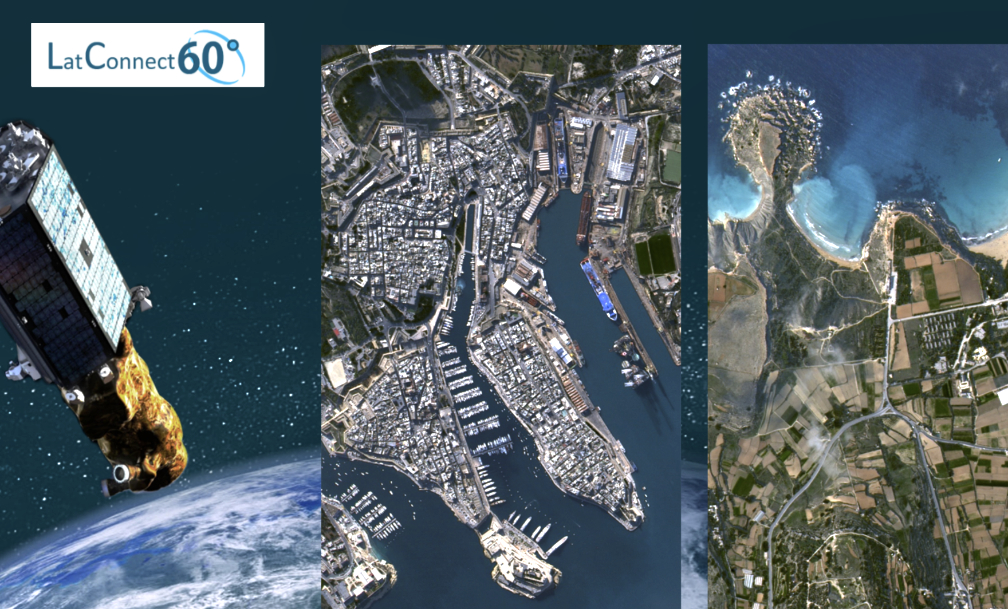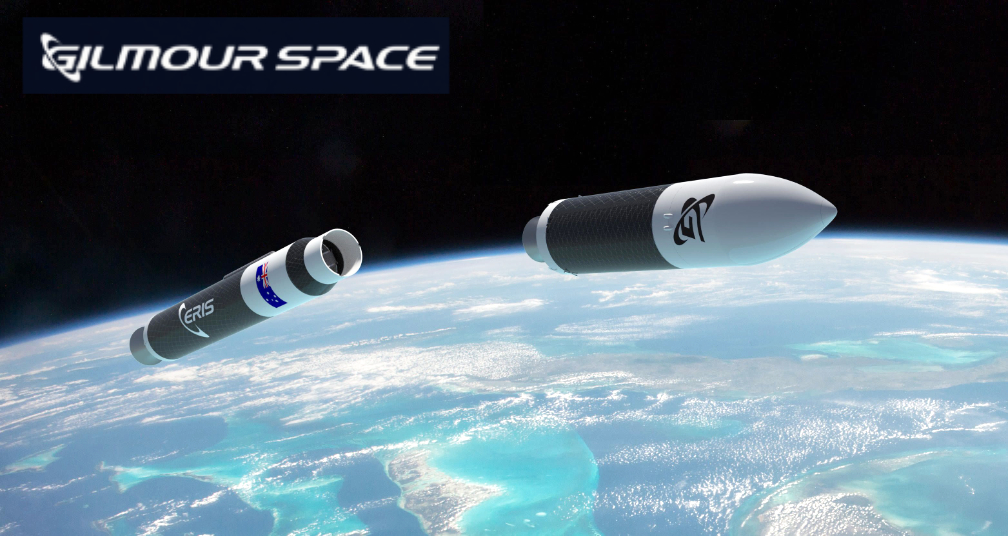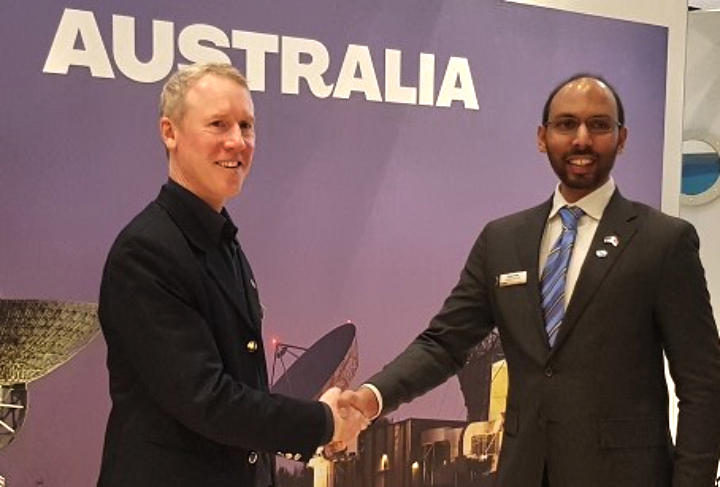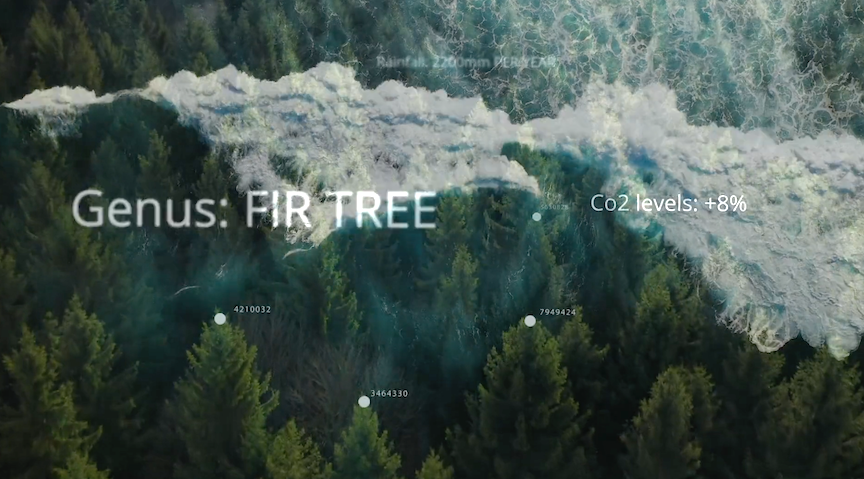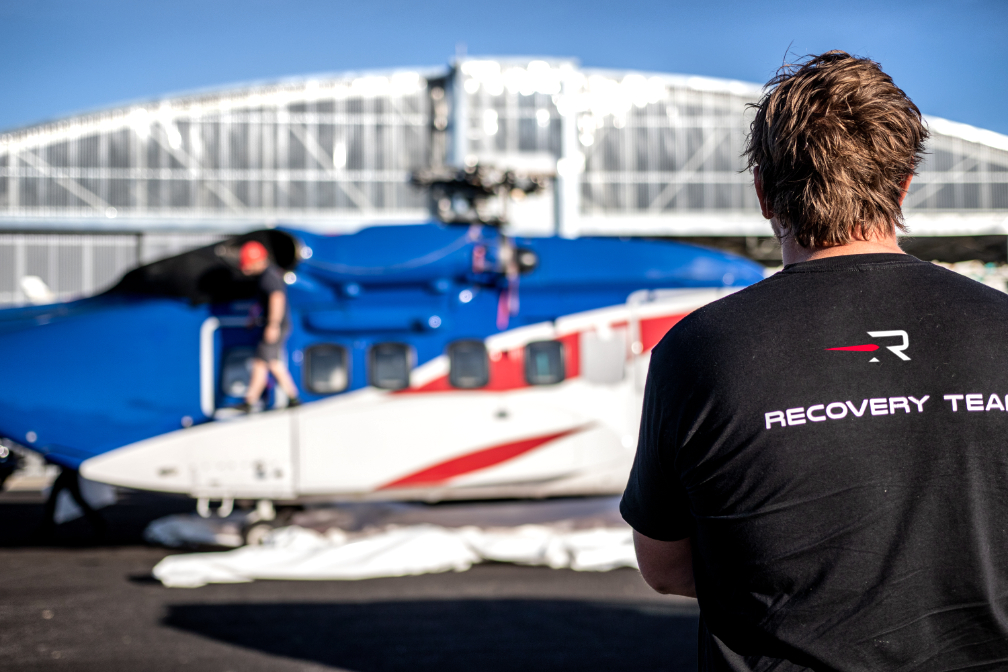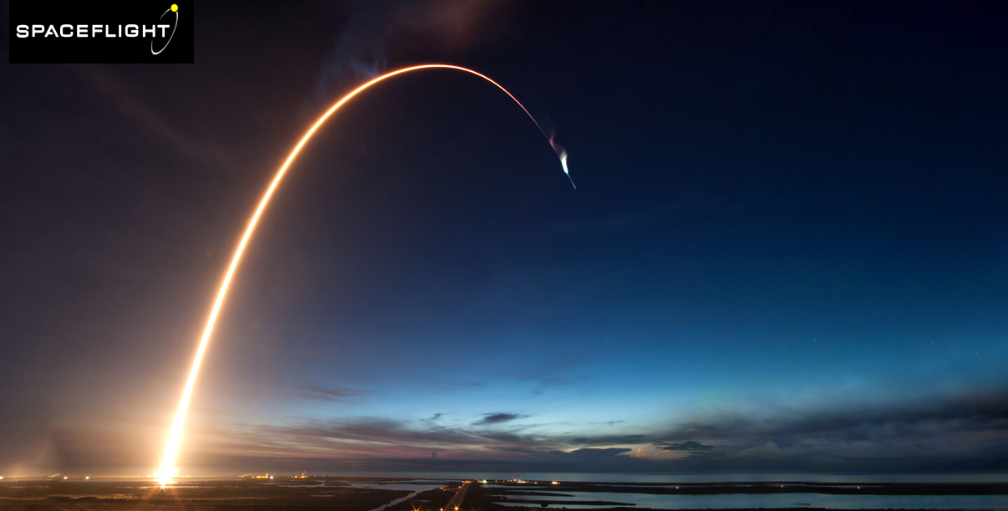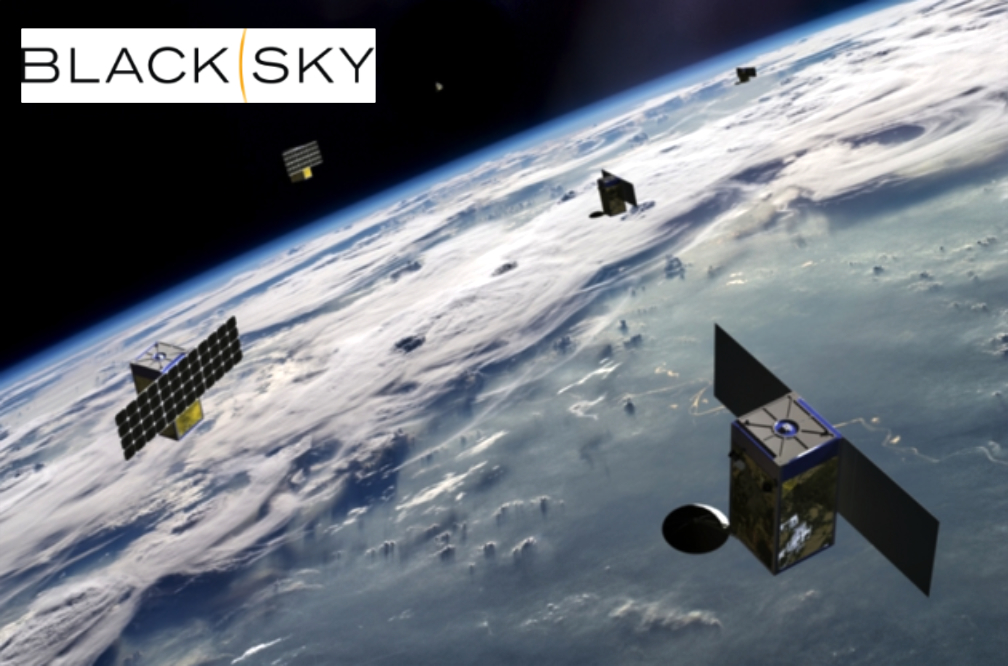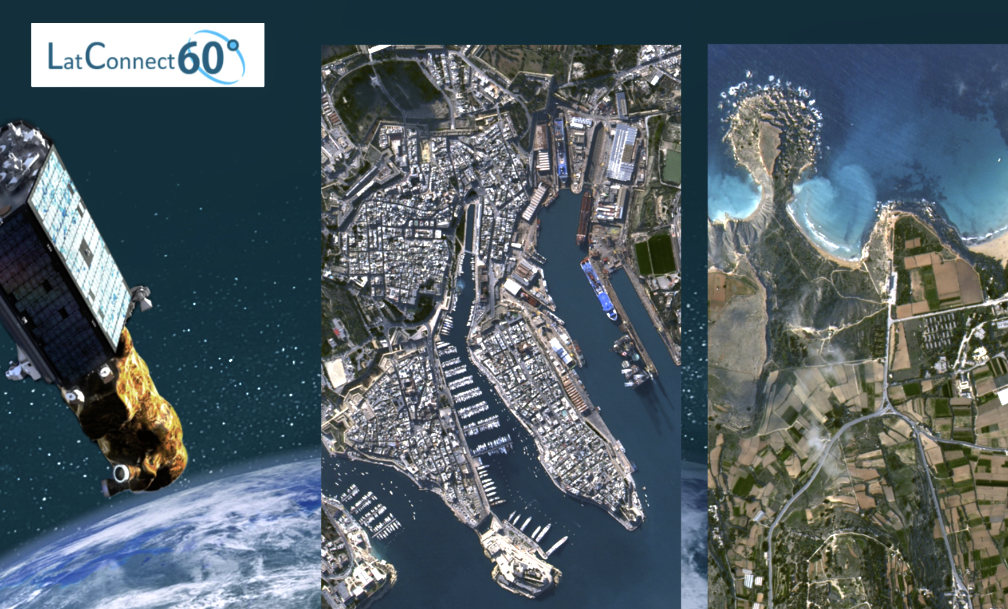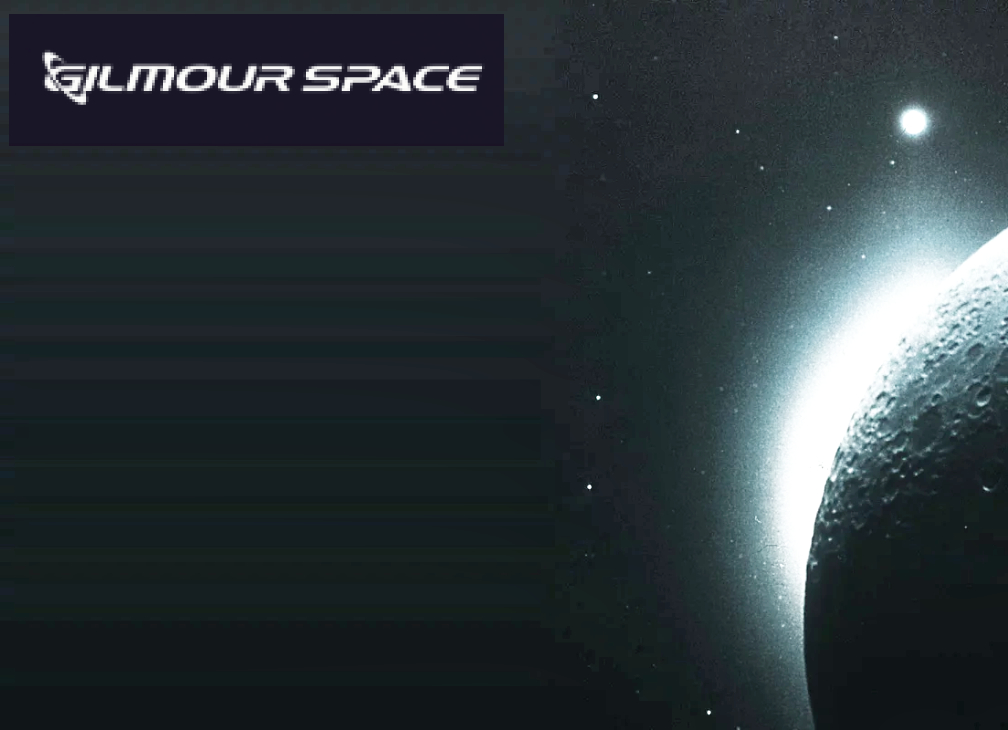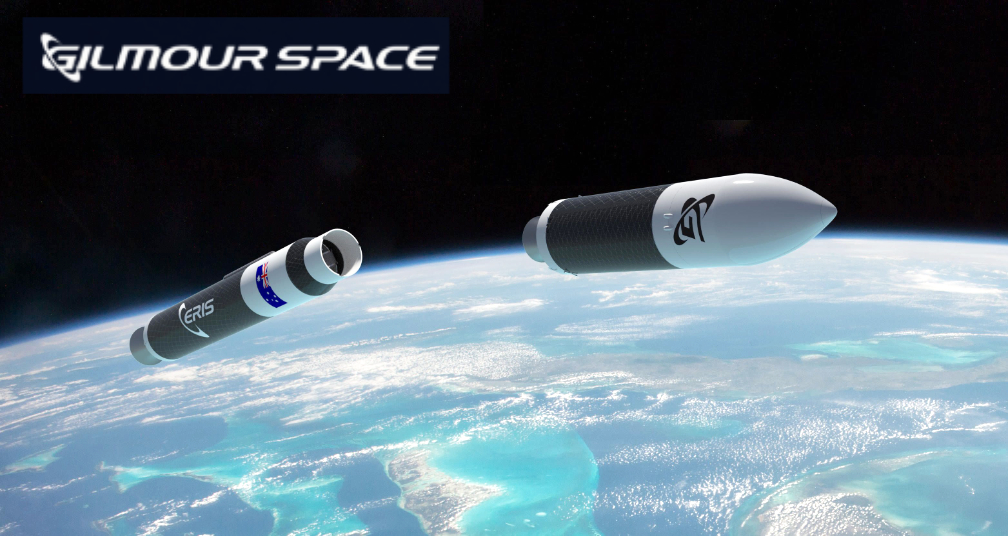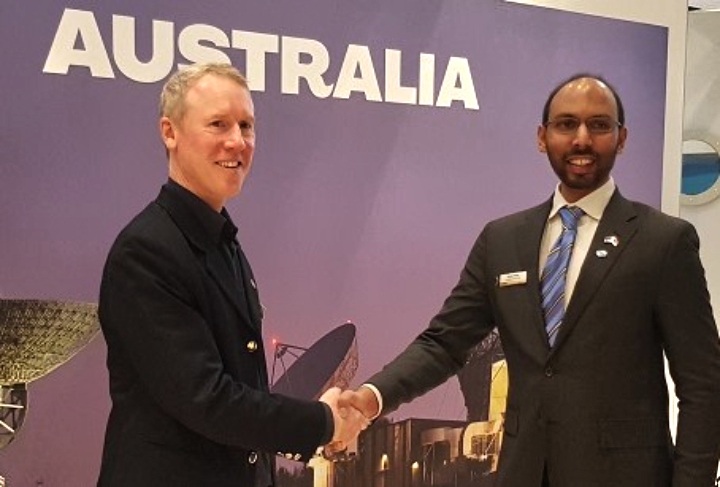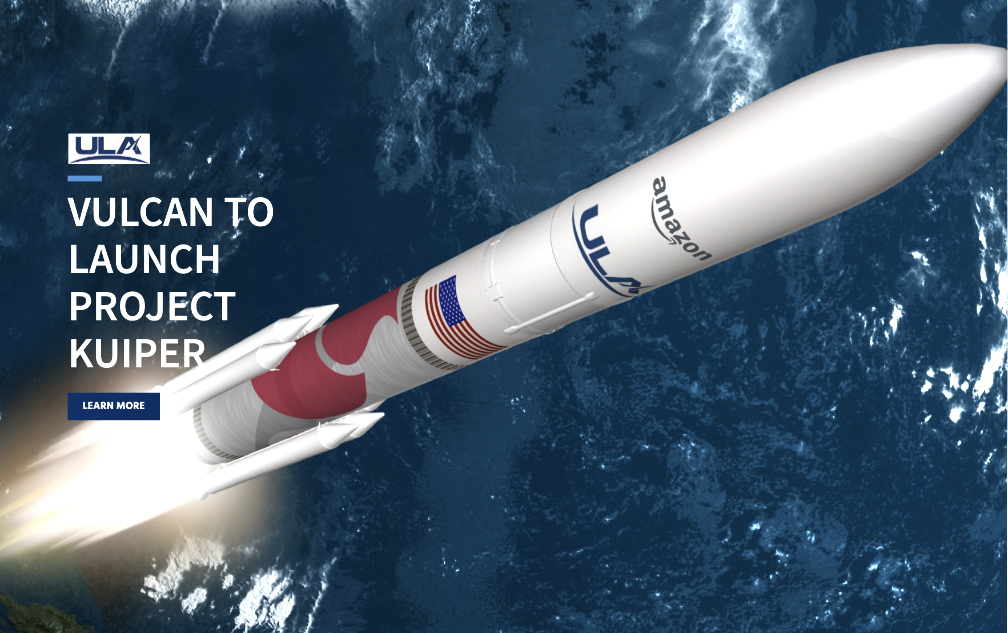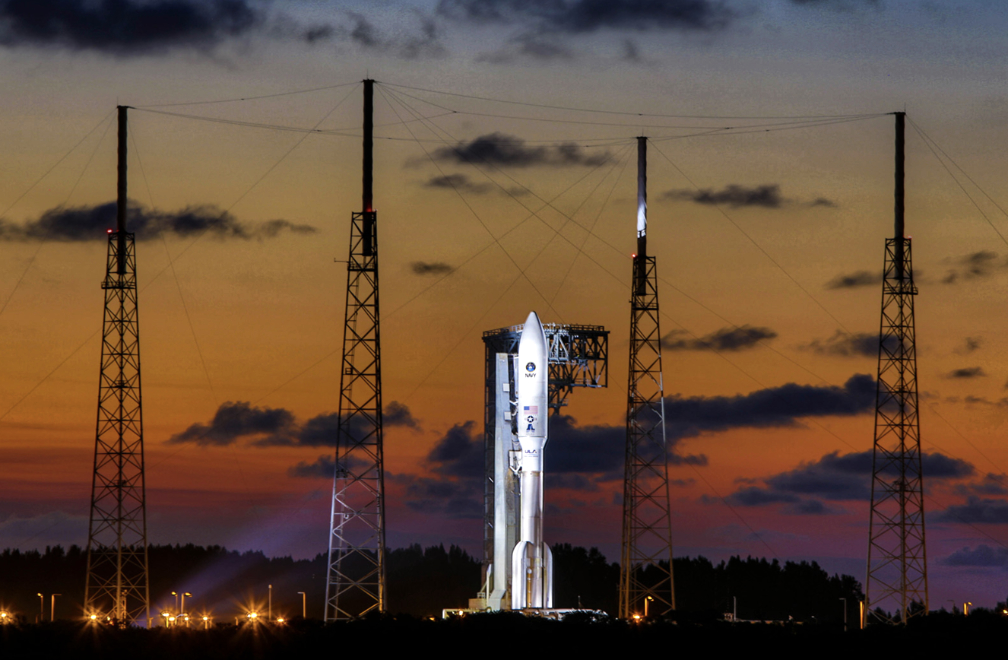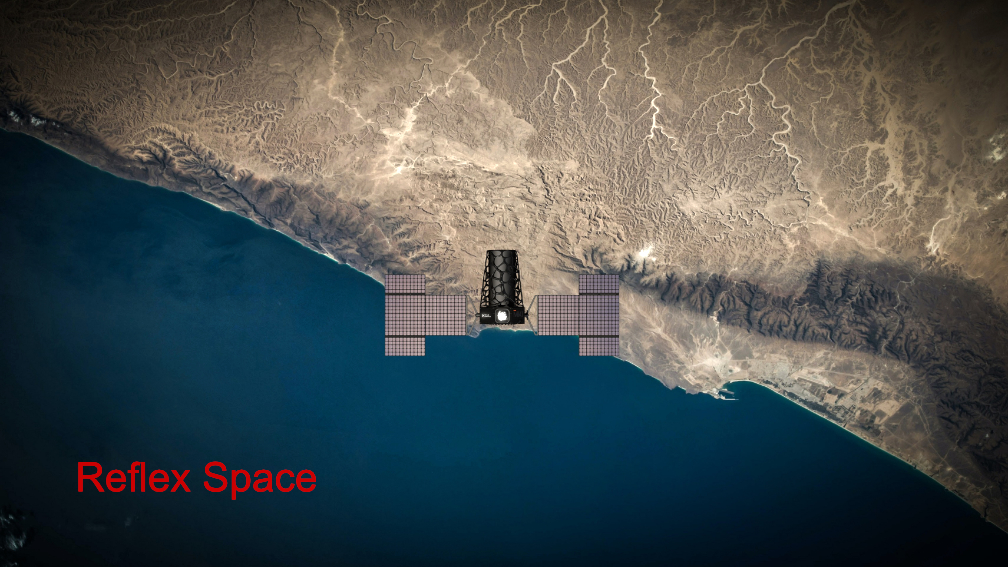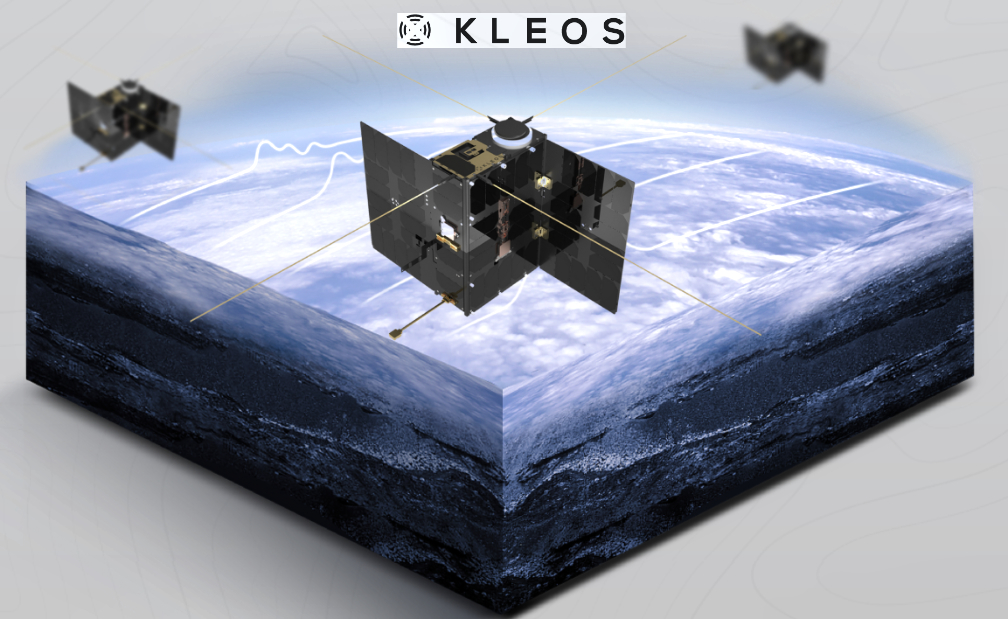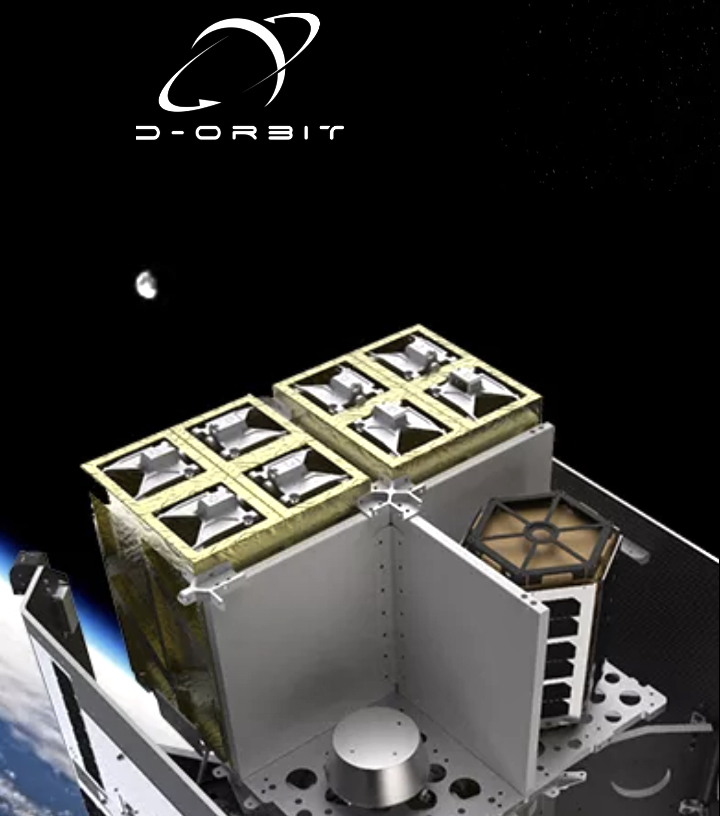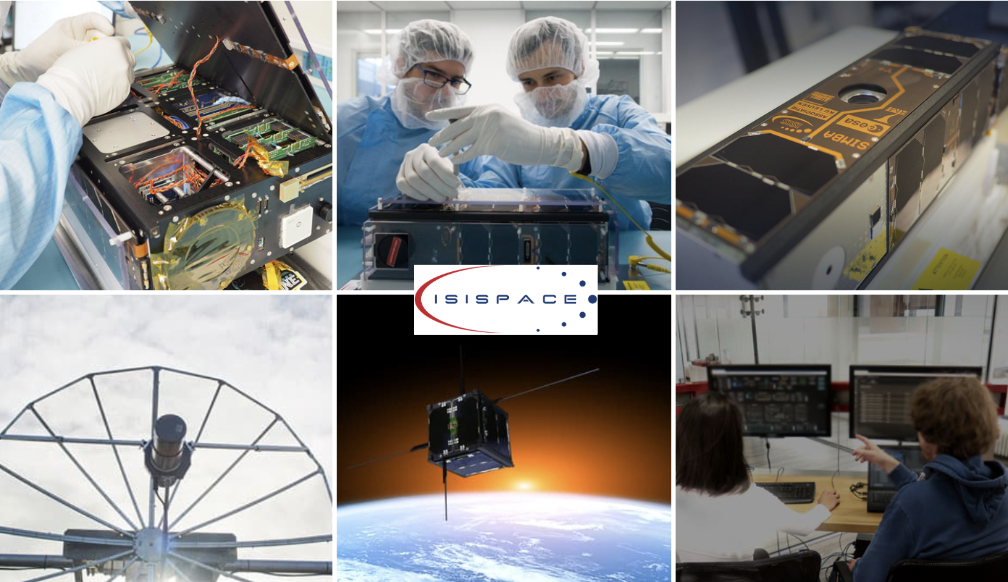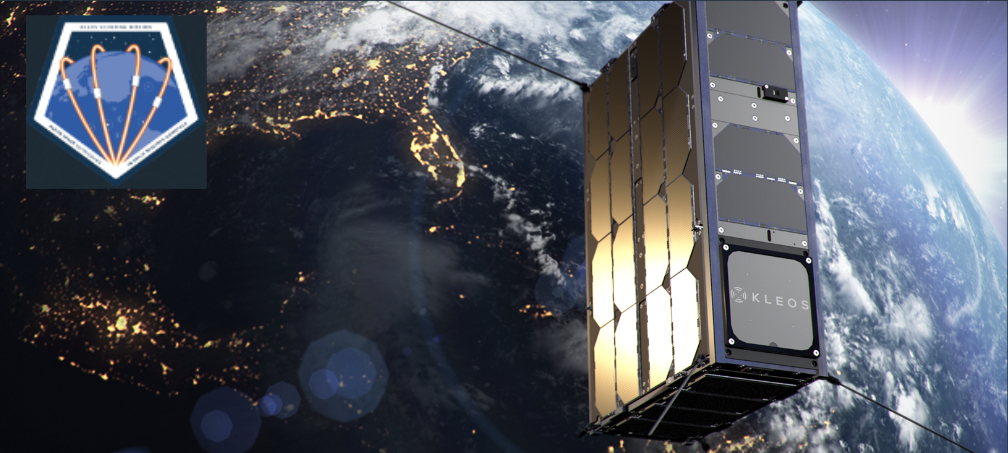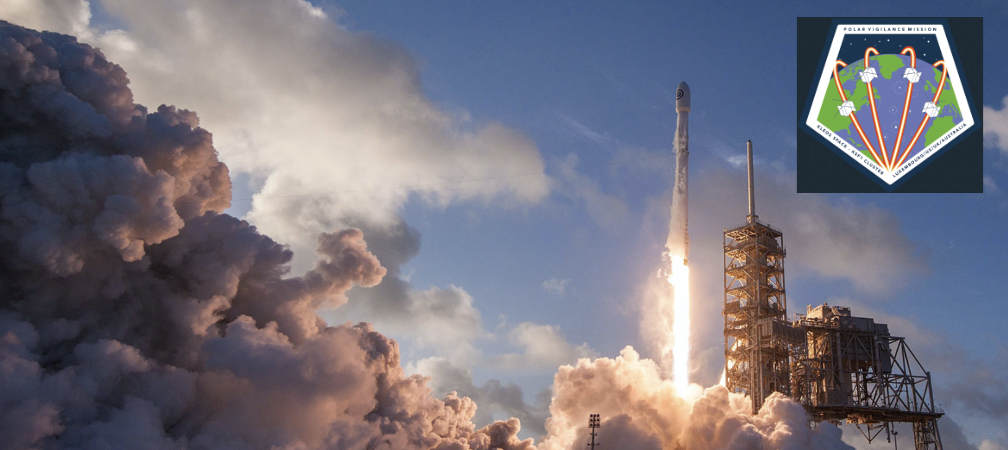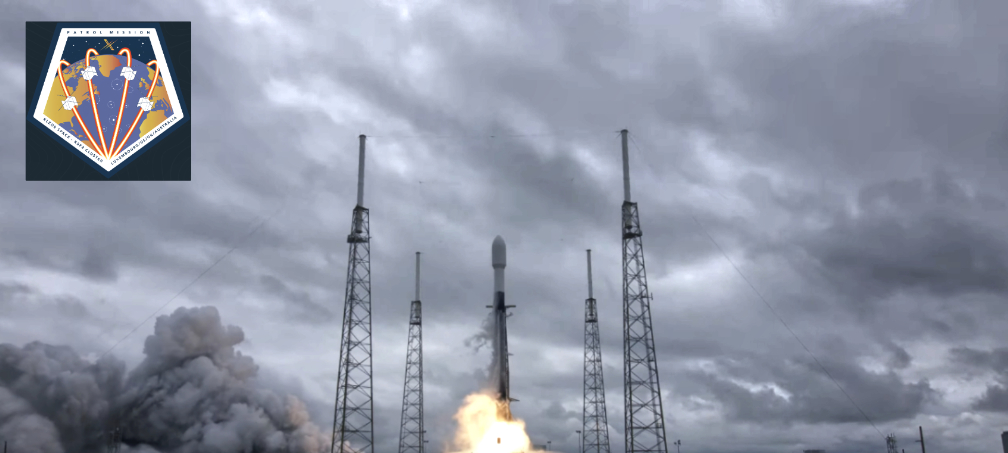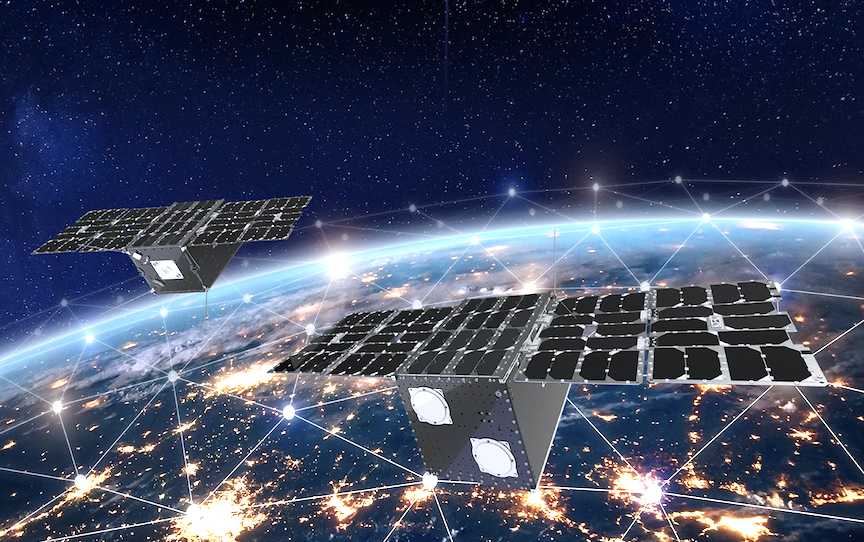
“Omnispace is reinventing mobile communications by building a global hybrid network that will benefit users requiring true mobility, everywhere”…
Omnispace and Thales Alenia Space are proud to announce that Omnispace Spark-1 was successfully delivered into orbit aboard the SpaceX Transporter-4. The Omnispace Spark
was successfully delivered into orbit aboard the SpaceX Transporter-4. The Omnispace Spark program represents phase one in the development and delivery of the world’s first standards-based global hybrid network.
program represents phase one in the development and delivery of the world’s first standards-based global hybrid network.
Thales Alenia Space designed and built the satellite, part of the initial two-satellite Omnispace Spark program. The new-generation NGSO satellite in low-Earth orbit (LEO) will operate in the 2 GHz S-band. Omnispace Spark will support the mobile industry 3GPP standard* in band n256, making connectivity possible direct to compatible devices. This program will serve to advance the development and implementation of Omnispace’s global hybrid non-terrestrial (NTN) network.
“Omnispace is reinventing mobile communications by building a global hybrid network that will benefit users requiring true mobility, everywhere,” said Ram Viswanathan, president and CEO of Omnispace LLC. “We are pleased with the work that Thales Alenia Space, together with its world-class team of innovators, have done to design and build Omnispace Spark. With their help we are making our vision of a single, ubiquitous, global hybrid network possible.”
“I’m very excited about the successful launch of Spark-1, a nanosatellite we built in conjunction with NanoAvionics, Syrlinks & ANYWAVES. This achievement reflects our ability to develop new space solutions in partnership with innovative SMEs to address market needs. We are convinced that merging flight proven expertise with agility is the key to successfully matching the evolving space demand,” added Hervé Derrey, CEO of Thales Alenia Space.
Spark-1 was delivered into orbit aboard a SpaceX Transporter. Exolaunch provided launch, mission management, integration and deployment services.
Led by prime contractor, Thales Alenia Space, the Omnispace Spark program includes industry partners, NanoAvionics providing the satellites buses, launch support and in-orbit operations, ANYWAVES the payloads user antennas and Syrlinks the S-band instruments for the payloads.
“The successful launch of Omnispace Spark-1 also signifies a successful collaboration between the NewSpace and traditional space, resulting in our great technological exchange with Thales Alenia Space,” said Vytenis J. Buzas, founder and CEO of NanoAvionics. “It is fair to say that both companies had to adjust their processes and find mutual middle ground. From working with a traditional satellite prime contractor, we gained a valuable experience and were able to further improve our reliability assurance processes and our technical performance. At the other side, we hope that Thales Alenia Space was able to benefit from our modular technology and the agility levels we provide.”
“After demonstrating our capacity to provide COTS antennas, we are today very proud to show our capability regarding payload ones. Supporting major space projects, such as Omnispace Spark, alongside with Thales Alenia Space, is also another source of great pride for ANYWAVES,” added Nicolas CAPET, ANYWAVES CEO.
“We are very proud to have been involved in the development of the first phase of this Internet Of Things (IoT) satellite constellation. We would like to thank Thales Alenia Space for having relied on Syrlinks for the design of a specific New-Space Radio-Frequency Payload equipment with capability to receive, process and transmit IoT dedicated signals,” stated Eric Pinson, Director of Space activity at Syrlinks.
5G capability from a single global network will transform industries and serve as the communications infrastructure to support economies of the 21st century. The network will empower mobile network operators and value added resellers to fuel innovation, power industries, and connect billions of users.

